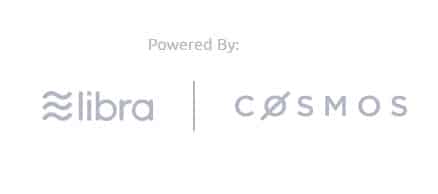
The DeFi space is booming, yet there’s a significant number of financial geniuses of traditional systems locked out of the space. The primary reason is the lack of technical skills required to create their own financial tools on blockchain and operate them. This is where Dfinance comes in.
Dfinance is an entirely decentralized layer-2 network bringing the infrastructure required to build innovative financial instruments and DeFi tools with no prior technical skills. A new project by WINGS Stiftung Foundation, developer of the WINGS DAO protocol, it intends to enrich the way a DeFi ecosystem functions.
The four co-founders of the Dfinance team are members of the WINGS Stiftung Foundation who worked on the WINGS DAO project.
XFI serves as the network’s utility token taking on several important roles –
Dfinance’s latest testnet iteration supports BTC, ETH, and USDT coins.
The blockchain nodes are responsible for performing all the core functions including reaching consensus, securing chains with PoS, transaction processing, and making p2p connections.
The protocol selects the top 101 validators as active validators out of all the nodes depending on stake size, i.e., the amount of staked XFI bonds as collateral. These validators generate blocks for a network fee (and rewards) paid by participants. Every active validator pre-votes each newly proposed block and further proposes to block himself on his next turn.
The Staking and Slashing Mechanism
The PoS also lets users delegate their stakes (XFI) to preferred validators. The delegated XFI is locked in smart contracts. Depending on the stake size, participants get a part of the validator’s fees as rewards.
The protocol also enforces slashing or punishments to deter undesired validator operations. The testnet 0.6 iteration exercises the following slashing –

Smart Contracts
Developed by Facebook’s Libra blockchain, the Move Virtual Machine powers Dfinance smart contracts, and thus Move language is used to write them. This creates a powerful and secure code execution environment on decentralized nodes.
PegZone
Dfinance brings interoperability among multiple layer-1 blockchains using PegZone protocol. This promotes value transfer of the deposited coins, just like XFI. Though it currently only supports Ethereum blockchain and thus ETH or any other ERC20 tokens, the future upgrade will bring support for EOS, Bitcoin, etc.
This value transfer attracts a minimum fee of 1% transaction value. Note that this applies only when coins are deposited to Dfinance and not during withdrawal.
To promote composability, Dfinance has partnered with Elrond Network – a high-performance public smart contract platform.
The two integrated platforms form a two-way gateway allowing both users to use each others’ service. While Dfinance users can build new types of products such as Elrond assets-collateralized products (stablecoin), it also brings access to existing instruments to Elrond users to create their own DeFi instruments. This will allow Dfinance to provide everyone full access to DeFi’s potential, thus directly competing with centralized finance.

With its mainnet launch due till the end of 2020, Dfinance is still in its nascent stage. However, it has shown high potential and is well-equipped to change how the DeFi ecosystem is perceived.

Get the latest Crypto & Blockchain News in your inbox.